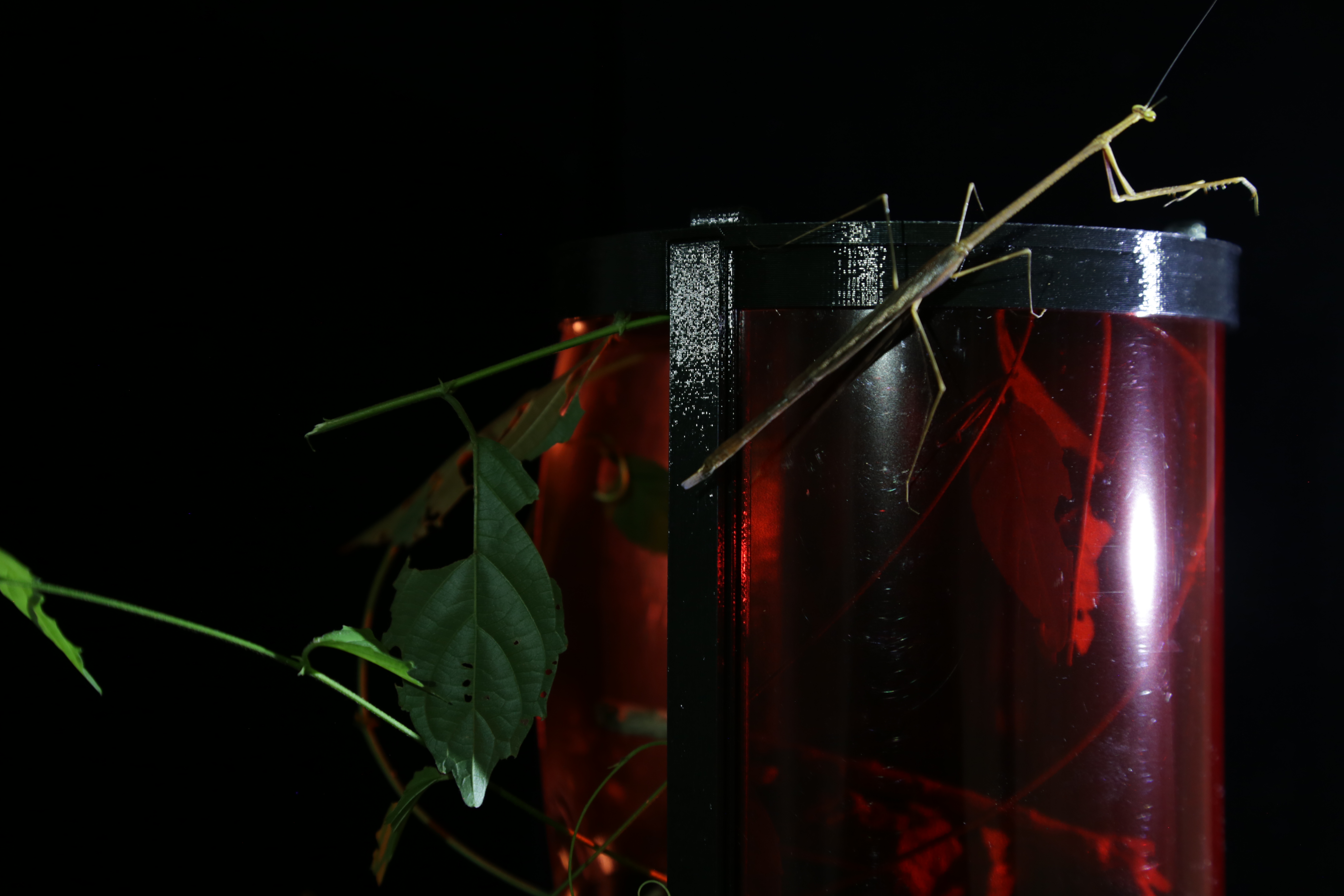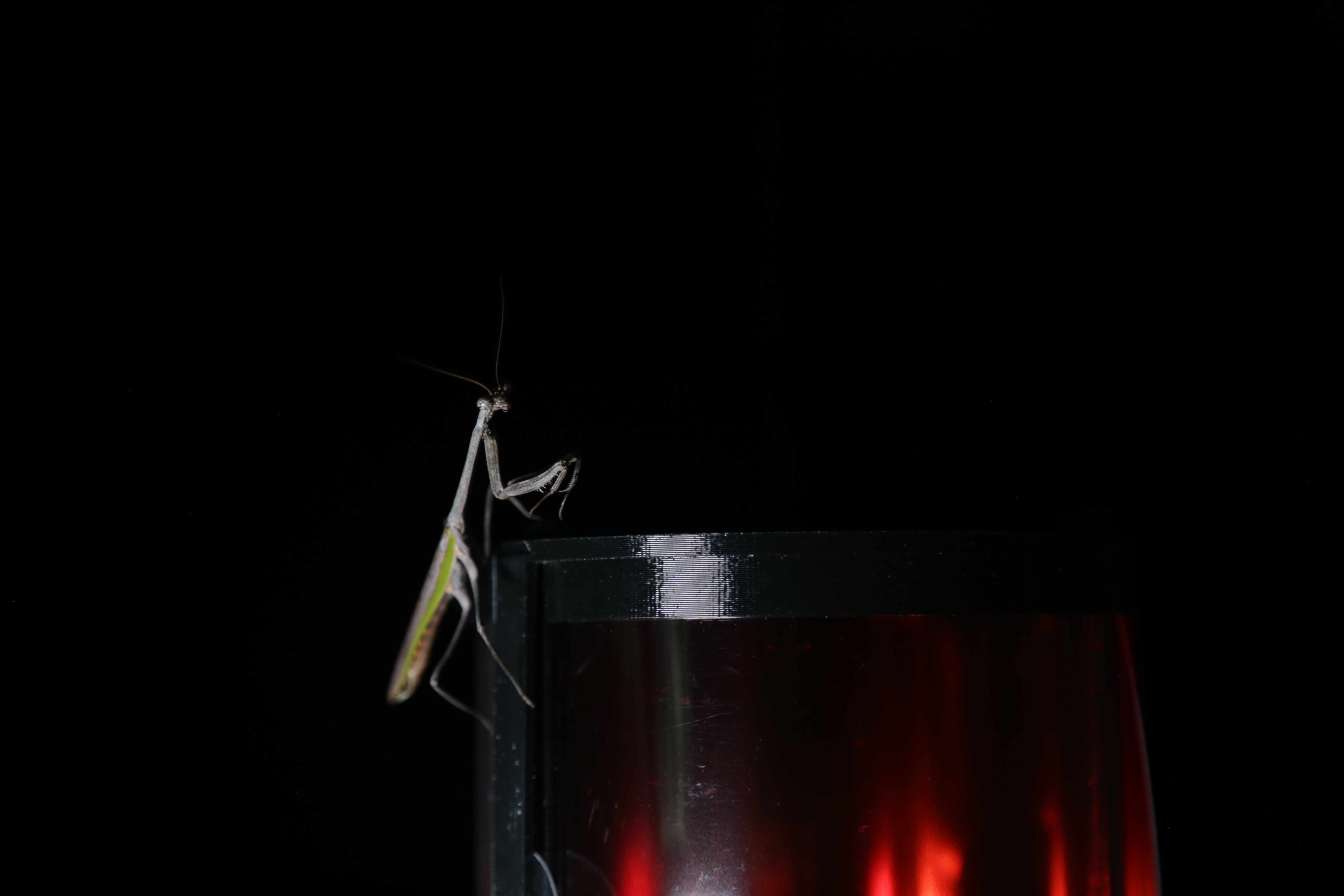
Observing nature without harming it is something that naturalists have struggled to do for centuries. Thankfully, we have moved on from pickling specimens and mounting butterflies to ship them across the world, and the new Exopack research vessel is a case in point.
A project by Deep, a young organisation that straddles the worlds of culture and ecology to build radical biodiversity infrastructure, the Exopack was developed in collaboration with Brazilian insect researchers Projeto Mantis and Rotterdam-based Studio Sabine Marcelis, winner of the Wallpaper* Designer of the Year award in 2020.
This full life-cycle enclosure allows for the ethical collection, transportation, housing and scientific observation of live insect specimens collected from the field in the world’s most biodiverse and remote ecosystems, such as the Amazon rainforest.
Exopack by Deep and Sabine Marcelis

The Dutch design team had to consider key elements such as weight (the scientific expeditions are often month-long and aim to study hundreds of specimens), assembly (a flat-pack model means it can be carried easily on even the most remote expeditions), and reliability (there is no spare parts online deliveries in the actual Amazon).
Another requirement was a clear side panel to allow for observation of the exotic insects, and another, opaque side so that insects would not spot each other, allowing to create a more lab-like environment. Plus, the entire pack had to be made of inexpensive and readily available materials.

The resulting lightweight Exopack features a 3D-printed armature made of reclaimed slate biofilament, which comes with matching pieces that can be added or removed to adapt the internal size of the enclosure to the scientists’ needs.
Studio Sabine Marcelis also deployed its signature colour fades and gradients – more typically used on designs such as 2016’s ‘Hue’ mirror with Brit van Nerven, a series of resin fountains for Fendi 2018, or a 2023 lava lamp for Mathmos – on a PET film which serves as the catchment membrane for insect collection and feeding.

In November 2023, Deep field tested the Exopack with Projeto Mantis on an expedition to the Viruá National Park in the Brazilian Amazon, supported by the National Geographic Society. With over 90 hours of nocturnal fieldwork, it was a scientific success: the team spotted over 30 mantis species from 24 different genera, including at least one new mantis species, and a wide variety of unique camouflages, including dead leaf, stick and bark.
Founded in 2020 in Como, Italy, Deep aims to promote radical scientific and artistic collaboration in order to develop radical biodiversity infrastructure to empower life on earth. ‘We believe there is no return to nature, only evolution,’ says its mission statement. So far it has executed large-scale bioacoustics surveys powered by machine learning, supported community-led resource management strategies, and built bespoke air quality monitoring platforms.

Deep is currently looking into how to deploy more Exopacks in a series of expeditions to expand insect knowledge, and working on designing AI-enabled biodiversity monitoring systems. Its next fieldwork mission will be to the Gunung Leuser National Park in Sumatra, Indonesia – one of the world’s oldest jungles and home to the Sumatran tiger, rhinoceros, elephant and orangutan.







